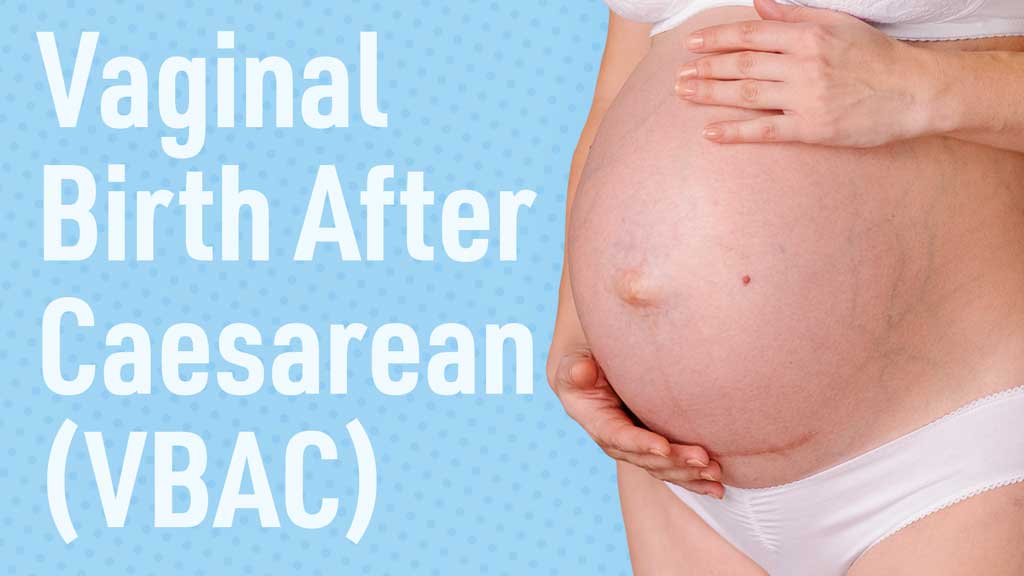Can I Have a Vaginal Birth After a C-Section?
Yes, it is generally possible to have a vaginal birth after a previous cesarean delivery (C-section). This is known as a vaginal birth after cesarean (VBAC). However, the decision to pursue a VBAC should be made in consultation with your healthcare provider, taking into account your individual circumstances and medical history.
Here are some key points about VBAC:
- Eligibility: Not all women are candidates for VBAC. Your healthcare provider will evaluate factors such as the reason for your previous C-section, the type of incision made, the number of prior C-sections, and any other medical conditions you may have.
- Benefits: Successful VBAC offers several advantages, including a shorter recovery time, lower risk of complications (compared to repeat C-section), and the possibility of future vaginal births.
- Risks: While the overall risk is low, VBAC carries a small chance of uterine rupture (about 0.5-0.9%), which can be life-threatening for both the mother and the baby. Other risks include increased blood loss and the potential need for an emergency C-section.
- Monitoring: If you opt for VBAC, you will be closely monitored during labor for any signs of complications. Continuous fetal monitoring is typically required.
- Hospital requirements: Most hospitals have specific guidelines and requirements for attempting VBAC, such as having an operating room and surgical team readily available in case an emergency C-section is needed.
- Success rates: The success rate of VBAC varies depending on individual circumstances but is generally between 60-80% for women who have had one previous C-section with a low-transverse incision.
It’s important to have an open and detailed discussion with your healthcare provider about the risks, benefits, and your personal preferences. They can provide personalized guidance based on your medical history and current pregnancy to help you make an informed decision about pursuing a VBAC or opting for a scheduled repeat C-section.




